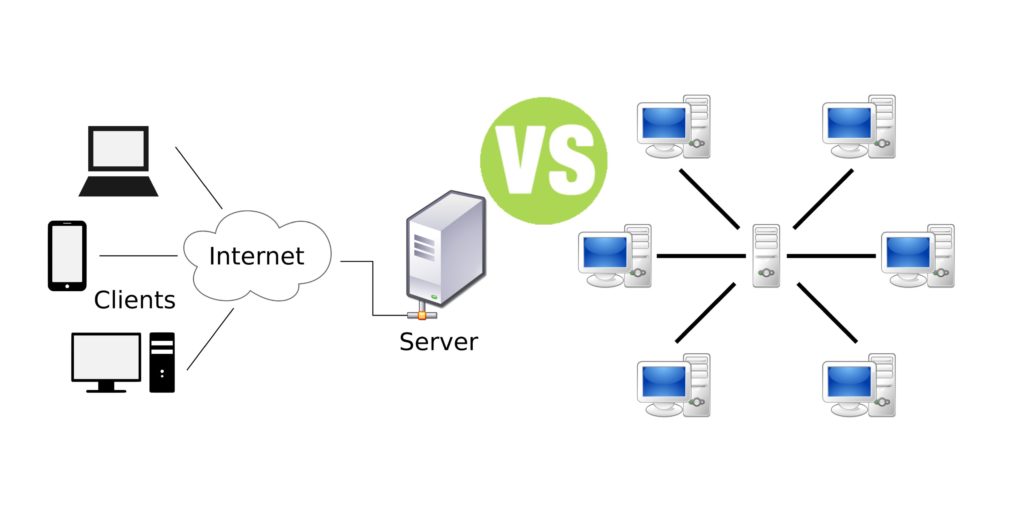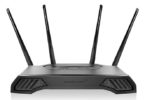Client Server Network vs Peer to Peer Network
Summary: Difference Between Client Server Network and Peer to Peer Network is that on a client/server network, one or more computers act as a server; the other computers on the network request services from the server. A server controls access to the hardware, software, and other resources on the network and provides a centralized storage area for programs, data, and information. While One type of peer-to-peer network is a simple, inexpensive network that typically connects fewer than 10 computers. Each computer, called a peer, has equal responsibilities and capabilities, sharing hardware (such as a printer), data, or information with other computers on the peer-to-peer network.

Client Server Network
On a client/server network, one or more computers act as a server; the other computers on the network request services from the server. A server controls access to the hardware, software, and other resources on the network and provides a centralized storage area for programs, data, and information. The clients are other computers and mobile devices on the network that rely on the server for its resources. For example, a server might store a database of customers. Clients on the network (company employees) access the customer database on the server.
Some servers, called dedicated servers, perform a specific task and can be placed with other dedicated servers to perform multiple tasks. For example, a file server stores and manages files. A print server manages printers and documents being printed. A database server stores and provides access to a database. A network server manages network traffic (activity). A Web server is a computer that delivers requested Web pages to your computer. A client/server network typically provides an efficient means to connect 10 or more computers. Most client/server networks require a person to serve as a network administrator because of the large size of the network.
Peer to Peer Network
One type of peer-to-peer network is a simple, inexpensive network that typically connects fewer than 10 computers. Each computer, called a peer, has equal responsibilities and capabilities, sharing hardware (such as a printer), data, or information with other computers on the peer-to-peer network.
Each computer stores files on its own storage devices. Thus, each computer on the network contains both the server operating system and application software. All computers on the network share any peripheral device(s) attached to any computer. For example, one computer may have a laser printer and a scanner, while another has an ink-jet printer and an external hard disk. Peer-to-peer networks are ideal for very small businesses and home users.
Internet Peer-to-Peer
Another type of peer-to-peer, called P2P, describes an Internet network on which users access each other’s hard disks and exchange files directly. This type of peer-to-peer network sometimes is called a file sharing network because users with compatible software and an Internet connection copy files from someone else’s hard disk to their hard disks. As more users connect to the network, each user has access to shared files on other users’ hard disks. When users log off, others no longer have access to their hard disks.
Also Read:
Difference Between Ring Network and Bus Network
Difference Between Star Network and Bus Network
Difference Between Star Network and Ring Network
Difference Between Token Ring and Ethernet







Leave a Comment
You must be logged in to post a comment.